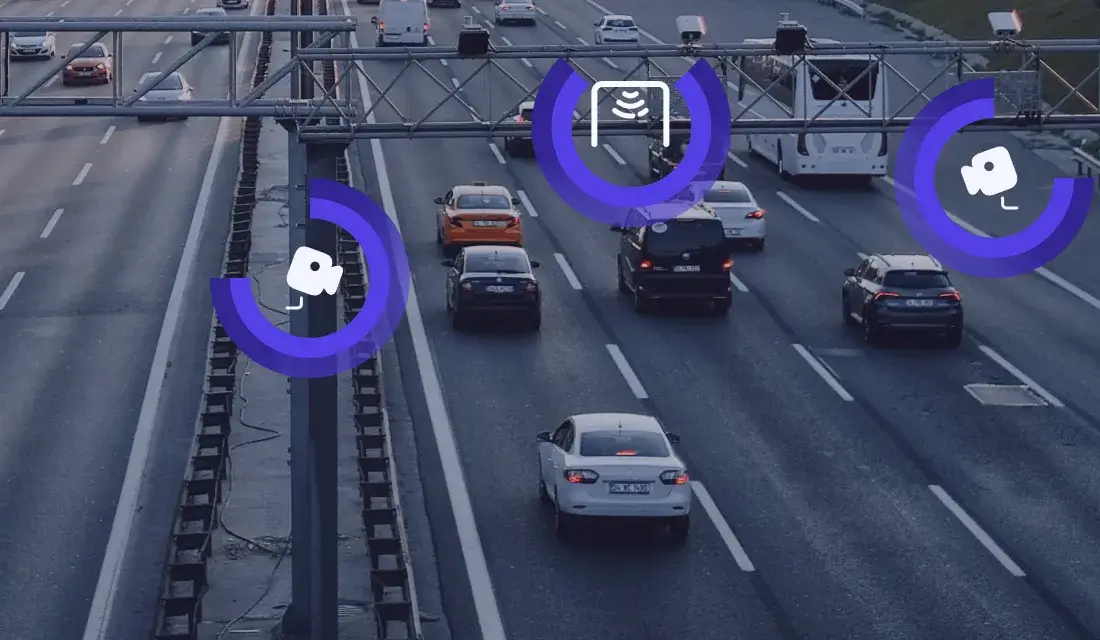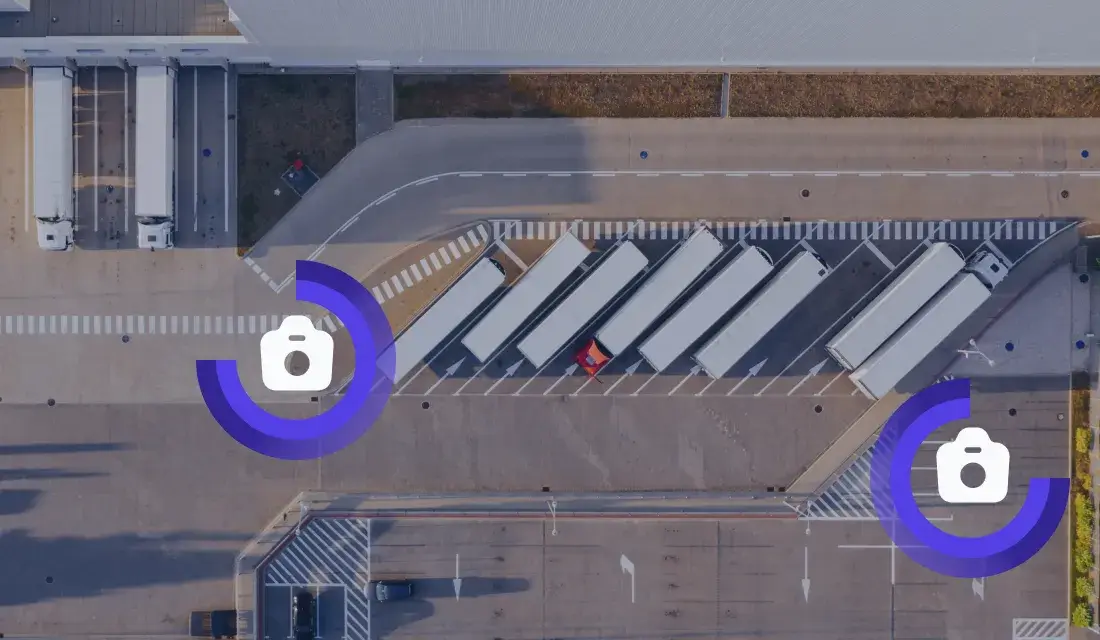
Fits Safety is a unique, web-based traffic violation enforcement back-office system that supports data processing of the most common types of traffic violations.
The system is enriched by AI and is designed in a way that allows Authorities to spend less time on manual, monotonous violation processing operations, and more time on tasks that really matter.

Public Authorities of Transport Interior
Traffic Law Enforcement

Digitisation and the use of software for road safety offer many advantages for public authorities. Intelligent software can record, analyse and make recommendations for safety-related measures in large quantities of real-time traffic data. This makes it possible to identify dangerous transport sectors at an early stage, take preventive measures or make the flow of traffic more efficient. By using such technologies, road conditions can be optimised, accidents reduced and general safety improved for all road users.
In addition, a software solution offers authorities the opportunity to use resources more efficiently, for example by positioning traffic policemen more specifically in risk areas or planning infrastructure investment based on accurate data analysis.
The advantages of Fits Safety:
Fits Safety is a suite of software modules to support automated road traffic control. These modules
are used for:



Detection happens automatically and notifications generated on suspect vehicles can be transmitted according to the necessary requirements.



Reduced cost of enforcing safety
Adaptability – can be easily introduced as a part of existing safety ITS systems
Decreased overall operational costs and avoidance of lock-in with specific hardware suppliers
Centralized visibility into full spectrum of offences
Rich reporting capabilities, complemented by statistics on full traffic flow
Avoiding lock-in with specific hardware vendors due to Fits Safety being hardware-agnostic
Ease of use and excellent overview of the full sensor network
Increased productivity due to powerful KPI dashboard and monitoring capabilities
Focus on the important work, avoiding tedious tasks
Road safety is determined by external factors such as weather conditions, traffic intensity or surface quality, as well as by the human factor – drivers’ behaviour during road transport. We have no influence on external factors, but we can monitor and predict them. As a result of this analysis, we can influence drivers’ behaviour and take the necessary measures.
Road safety is currently mainly based on the adaptation of the driving style to road conditions and the diversion of traffic to other traffic channels. Consistent enforcement of traffic rules and penalties for infringements is essential to ensure road safety. Monitoring traffic and its conditions, changing traffic reports and criminal prosecution are activities that are subject to automation.
Fits Safety is a technologically open platform that integrates all information from measuring instruments and automatically carries out additional activities that have so far been carried out manually. Changes to the speed limits indicated on traffic signs, the analysis of large-scale traffic data or the execution of fines can be carried out automatically and can only be confirmed by authorised persons.